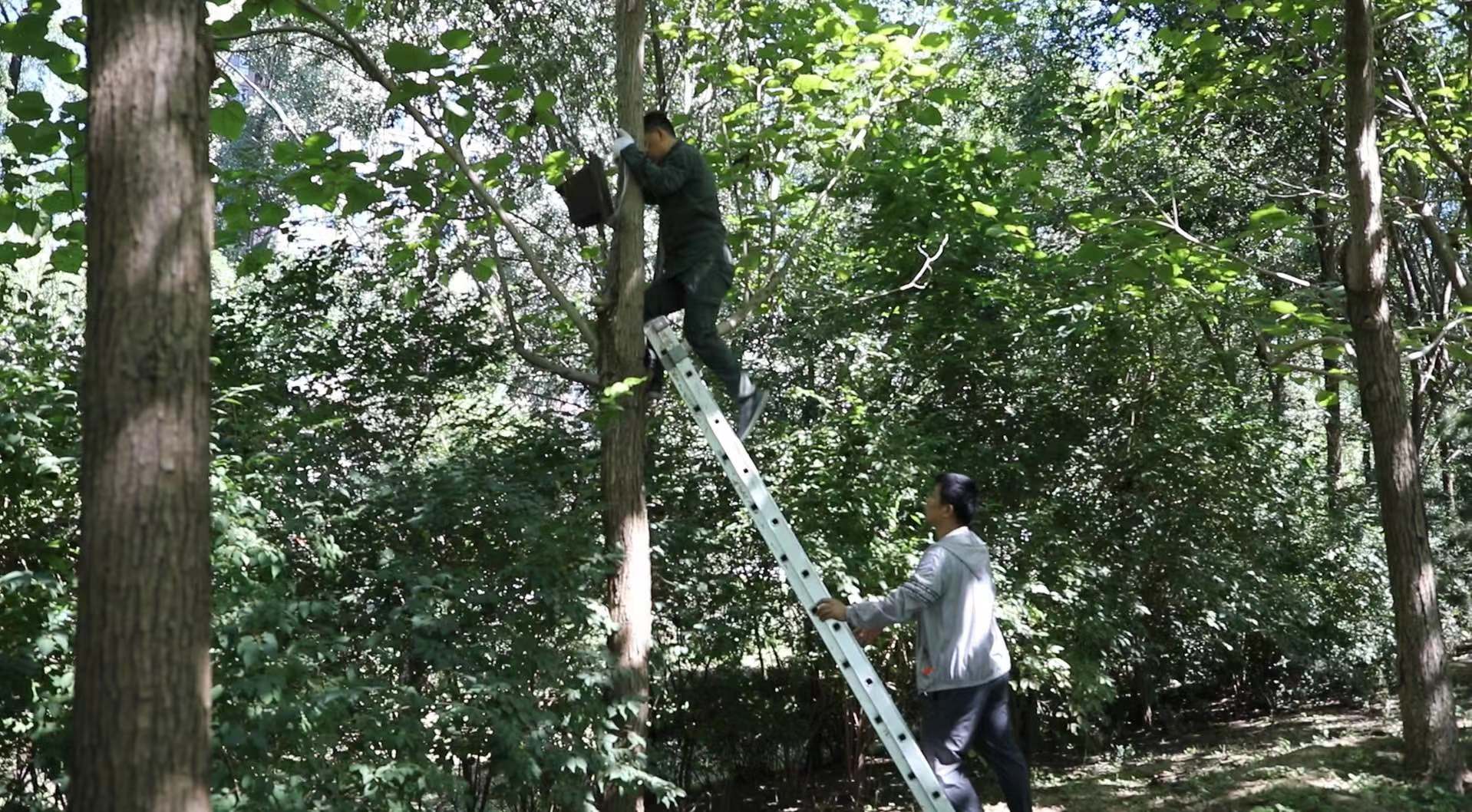Chang'e -5 landing area, major discovery!
Author:Global Times Time:2022.09.16
A study of the Chang'e 5 moon sample showed that the Chang'e -5 landing area has experienced at least four volcanic magma eruptions, and the magma eruption in the area has significantly enhanced the late moon volcanic activity. This result is conducive to further enhancement of the awareness of the history of the moon's volcanic activities and the history of internal thermal evolution.

The research was completed by the State Environment and Evolution Research Team of the National Space Science Center of the Chinese Academy of Sciences and the units such as Peking University. Related results were published in the international academic journal "Earth Physics Research Magazine: Planet".

(A) Optical image of Chang'e 5 landing area. (B) Fake color band synthetic images in Chang'e 5 landing area. (C) The titanium content distribution map of Chang'e 5 landing area. (Photo Conferring in the National Space Science Center of the Chinese Academy of Sciences)
The landing point of Chang'e -5 is located in the northeast of the Crip Land in the front of the moon. The region is considered one of the youngest basalt units on the surface of the moon. "Study on the thickness and eruption rate of the Chang'e -5 landing area is of great significance for exploring the history of the moon volcanic activity and internal thermal evolution." The first author of the article, Du Jun, a special research assistant from the National Space Science Center of the Chinese Academy of Sciences, said.
The results of the study show that the Chang'e -5 landing area has experienced at least four volcanic magma eruptions, with median thickness of 230 meters, 70 meters, 4 meters, and 36 meters, respectively. Further studies have found that the region's magma eruption flux in the late moon volcanic activity of about 2 billion years ago has increased significantly, an increase of about 2 orders of magnitude.

(A) The thickness of the Xuanwu rock unit in Chang'e -5 landing area. (B) Space distribution of EM4 and EM3 unit thickness. (C) The eruption rate of the Chang'e -5 landing area and the Xuanwu rock magma in other areas of the moon table. (Photo Conferring in the National Space Science Center of the Chinese Academy of Sciences)
The maintenance mechanism of late moon volcanic activities has always been a hot issue in the scientific research of the moon. Earlier studies believe that the positive storm of the moon is still active in the late moon volcanic activity in the late moon volcanic activity. However, the latest sample research results show that the basalt of the Chang'e -5 landing area is not Cri Pu Xuanwu Rock.
In this regard, the study proposes a possibility that the raw thermal elements in the Crepreye body of the storm do provide heat sources for the melting area of the moon curtain, but the magma is in the process of rising from the moon curtain to the moon watch. It may not be fully mixed with the Crep component in the Crepan, which is too late, which led to the fact that the Chang'e 5 moon sample was not measured in more than Cripu substances.
"For further excavation research on Chang'e 5 moon samples, it is expected to provide new constraints for the existing moon thermal chemistry and dynamic models, thereby providing strong evidence for explaining the duration and eruption scale of the moon volcanic activities." Du Jun said.
Source: Xinhua News Agency
- END -
The preferential price "kills"?Multiple shared bicycles platforms have different user prices on the same set of meals

Is there a significant difference in the price of different users to buy bicycle s...
Zhongguancun Forest Park to accelerate the construction of demonstration sites of biological diversity conservation communities

Hedgehog houses, insect hotels, earthworm tower ... What are these equipment, what...